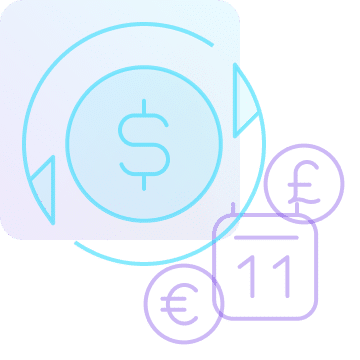Tax rate by region Switzerland
Select region
- Afghanistan
- Albania
- Algeria
- Angola
- Argentina
- Armenia
- Australia
- Austria
- Azerbaijan
- Bahamas
- Bangladesh
- Belgium
- Benin
- Bhutan
- Bolivia
- Bosnia and Herzegovina
- Botswana
- Brazil
- Bulgaria
- Cambodia
- Cameroon
- Canada
- Cape Verde
- Chile
- Colombia
- Costa Rica
- Croatia
- Cyprus
- Czech Republic
- Democratic Republic of Congo
- Denmark
- Dominican Republic
- Ecuador
- Egypt
- El Salvador
- Estonia
- Fiji
- Finland
- France
- Georgia
- Germany
- Ghana
- Greece
- Guatemala
- Honduras
- Hungary
- Iceland
- India
- Indonesia
- Ireland
- Israel
- Italy
- Ivory Coast
- Japan
- Kazakhstan
- Kenya
- Kosovo
- Kyrgyzstan
- Latvia
- Lithuania
- Luxembourg
- Malaysia
- Maldives
- Mauritius
- Malta
- Mexico
- Moldova
- Montenegro
- Morocco
- Mozambique
- Nepal
- Netherlands
- New Zealand
- Nigeria
- Norway
- Oman
- Panama
- Peru
- Philippines
- Poland
- Portugal
- Qatar
- Romania
- Saudi Arabia
- Senegal
- Serbia
- Singapore
- Slovakia
- Slovenia
- South Africa
- South Korea
- Spain
- Sweden
- Switzerland
- Tajikistan
- Thailand
- Turkey
- Ukraine
- United Arab Emirates
- United Kingdom
- Uruguay
- Uzbekistan
- Zambia
- Alabama
- Alaska
- Arizona
- Arkansas
- California
- Colorado
- Connecticut
- Delaware
- Florida
- Georgia (USA)
- Hawaii
- Idaho
- Illinois
- Indiana
- Iowa
- Kansas
- Kentucky
- Louisiana
- Maine
- Maryland
- Massachusetts
- Michigan
- Minnesota
- Mississippi
- Missouri
- Montana
- Nebraska
- Nevada
- New Hampshire
- New Jersey
- New Mexico
- New York
- North Carolina
- North Dakota
- Ohio
- Oklahoma
- Oregon
- Pennsylvania
- Rhode Island
- South Carolina
- South Dakota
- Tennessee
- Texas
- Utah
- Vermont
- Virginia
- Washington
- West Virginia
- Wisconsin
- Wyoming
- Washington DC
The information provided on this page is intended for general informative purposes only. It should not be interpreted as tax advice, nor is it meant to be. For advice on your particular tax responsibilities, consult with an experienced tax expert. PayPro Global does not assume any responsibility for any action taken or not taken based on the information presented here.

